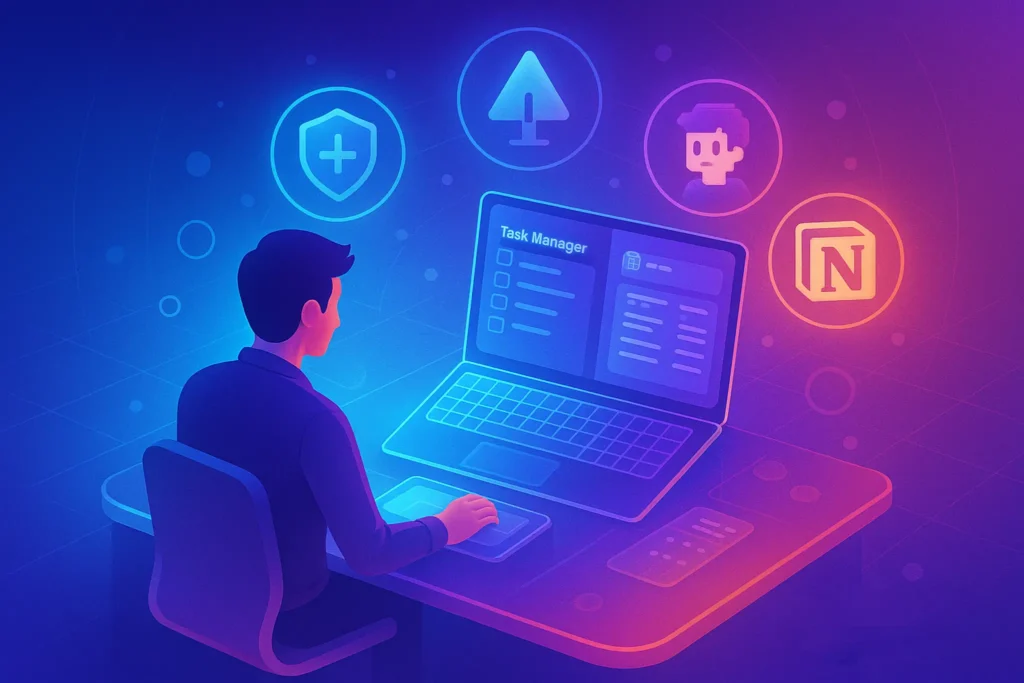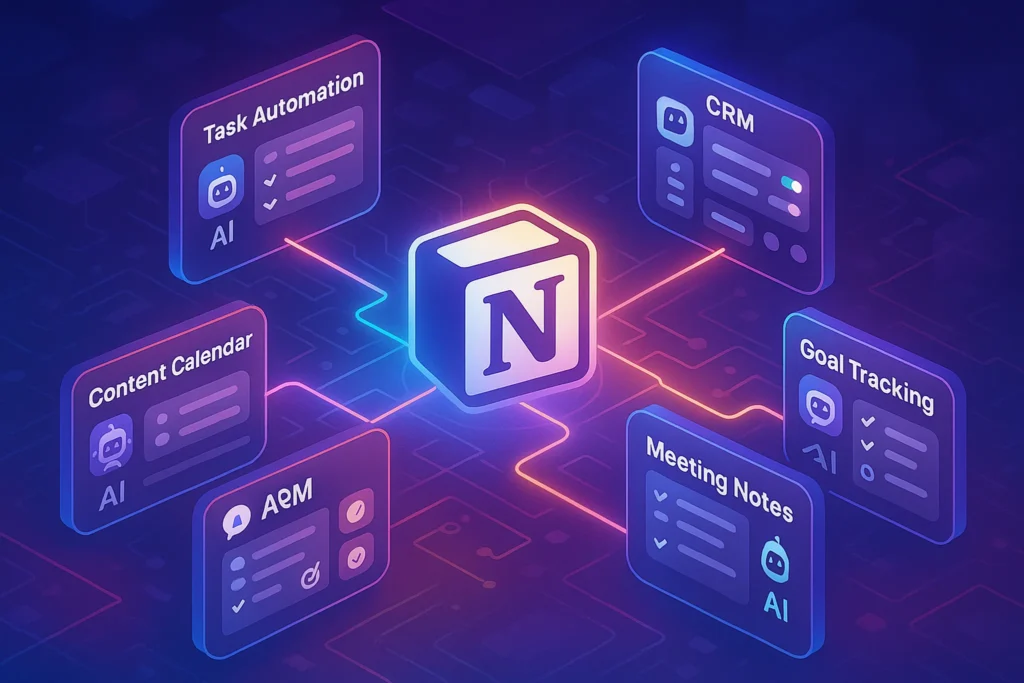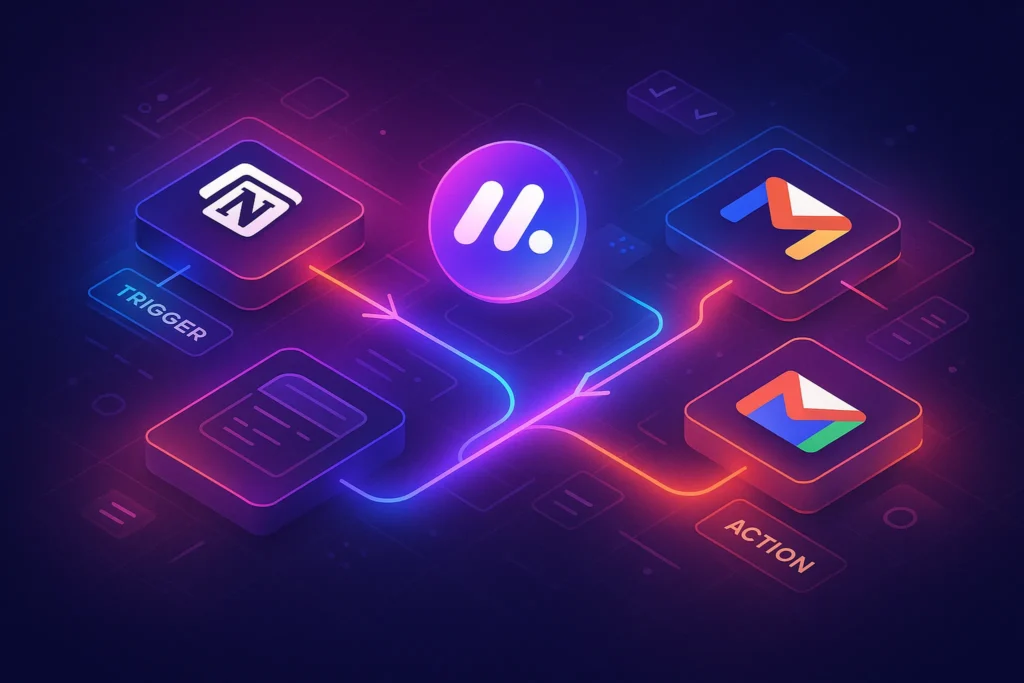-This post may contain affiliate links. If you click on one and make a purchase, I may earn a small commission at no extra cost to you.-
🧠 Why We Procrastinate (Scientific Insight)
Let’s get one thing clear: procrastination isn’t just poor time management. It’s not a matter of being lazy or lacking willpower. It’s a complex emotional response—a psychological defense mechanism deeply wired into how we handle discomfort, uncertainty, and self-judgment.
According to Dr. Tim Pychyl, a researcher at Carleton University, procrastination is “an emotion regulation problem, not a time management problem.” In other words, we delay tasks not because we don’t know what to do—but because we don’t want to feel what doing them brings up: fear of failure, perfectionism, boredom, overwhelm, or even imposter syndrome.
📌 Real-life example: You have to update your resume, but instead, you clean your room, scroll on Instagram, or start planning next month’s grocery list. Why? Because the resume triggers anxiety and self-comparison, so your brain looks for an easy way out.
🧠 The human brain prioritizes short-term mood repair. Procrastination offers instant relief at the cost of long-term progress. Unfortunately, the longer the delay, the heavier the emotional load—leading to guilt, stress, and even depression.
But there’s good news: once you recognize this emotional loop, you can interrupt it. And technology—when used wisely—can help rewire those avoidance patterns into productive habits.
💡 Related post to dive deeper into the psychology: Top Productivity Hacks Backed by Science
⚙️ Tech to Interrupt the Cycle
Let’s be honest. Distractions are one click away. That’s why the first step is creating digital friction between you and your procrastination triggers.
Most of us blame social media or YouTube for our distraction. But the real issue is accessibility without resistance. You’re literally one click away from escaping the discomfort of work.
Here’s where tech can be retooled — not as a trap, but as a shield.
Let’s break down the first line of defense: blocking distractions.
🔒 Website Blockers & App Limiters
Website blockers don’t eliminate the urge to procrastinate, but they add friction, buying you enough time to make a better choice.
🧰 Tools to Try:
-
Cold Turkey
Hardcore blocker that literally locks your system out of apps or sites — even your entire computer — for a set time. You cannot bypass it, even with a restart. Best for writers, developers, or students with deadlines. -
Freedom
Works across all devices — phone, tablet, desktop. Schedule recurring sessions or start one on demand. You can also create “allow lists” and “block lists.” Bonus: its calming interface reduces stress. -
FocusMe
Extremely customizable. Block websites, limit apps to a daily time quota, or enforce Pomodoro cycles. Offers password protection to prevent self-sabotage.
👀 Try setting up a recurring “Deep Work” session every morning for 90 minutes using Freedom. Block everything except Notion or Google Docs.
🧩 Want to amplify results? Combine this with a time structure. Time Blocking vs. Pomodoro can help you pick the method that suits your brain.
🌱 Gamified Focus Apps
Sometimes discipline feels hard because we make it too serious. What if staying focused felt fun, visual, and instantly rewarding?
That’s where gamified apps come in. They don’t force focus — they nudge it.
🧰 Tools to Try:
-
Forest
You plant a digital tree that grows while you stay focused. If you leave the app to check Twitter or TikTok? The tree dies. Over time, you grow entire forests. It’s a simple yet brilliant form of positive reinforcement.→ Bonus: You can plant real trees with your focus coins (via their partnership with Trees for the Future).
-
Flow App
A sleek, distraction-free Pomodoro timer with performance stats and music integration. Tracks your productive hours and lets you visualize daily gains. -
Motion
AI-driven calendar + task manager that automatically schedules your to-dos in real time. If you miss something, it re-shuffles it. It’s like having a productivity assistant.
👀 Instead of launching Chrome in the morning, try opening Forest or Flow as your first app. Let focus be the default state, not the exception.
💡 Want to see how this fits into a system? You’ll love: How to Build a Daily Routine That Actually Sticks
📊 Habit Trackers & Visual Reinforcement
Behavior change is hard when we can’t see our progress. That’s why habit tracking works so well — it creates visual proof that your small efforts are building something.
🧰 Tools to Try:
-
Habitica
Turn your real life into a role-playing game. Create avatars, earn XP, unlock gear, fight monsters — all by completing real-world tasks. Great for people who love gamification or RPG-style experiences. -
Loop Habit Tracker (Android only)
Free, clean, and highly customizable. Tracks habits with streaks, success percentages, and visual charts. -
Notion + AI Reminders
Combine Notion’s database with a habit board and embed AI reminders (e.g., via Tana AI, Todoist integrations, or GPT plugins) to create a personalized dashboard of micro-habits.
📌 Real use-case: A user sets up a “Weekly Progress” board in Notion with columns like:
❏ Focus Hours Logged
❏ Tasks Completed
❏ Apps Blocked
❏ Daily Journal
It becomes a mirror of discipline.
🔁 Combine this with your blockers or Forest for full-cycle visibility and control.
Using these tools in tandem with a smart routine makes all the difference. (Explore how in: How to Build a Daily Routine That Actually Sticks)
🚀 Stacking Tools for Long-Term Focus
One tool won’t change your life — but stacking a few, each with a complementary role, can create a compound effect.
Let’s be real — no single app will magically cure your procrastination. But when you combine tools intentionally, they start to reinforce each other. This approach is called tool stacking.
Think of it as designing your own productivity loop:
-
One tool blocks distractions
-
Another motivates you to stay focused
-
A third one tracks your wins
-
A fourth visualizes your routine
This synergy makes it harder to fall off the wagon — and easier to stay consistent.
💡 Sample Stack (The “Discipline Loop”):
🔹 1. Cold Turkey
Start your day by locking out all distractions for 90 minutes. No email. No Reddit. No YouTube.
🔹 2. Forest
Run a 25-minute session inside that blocked window. Plant a tree. Stay with the task.
🔹 3. Habitica
Log your completed session as a daily quest. Earn XP. Build momentum.
🔹 4. Notion
Mark it off on your custom dashboard. Update streaks. Reflect on wins.
💬 Example: You wake up, block all social apps via Cold Turkey, run a 25-minute Forest session while writing, check off your task in Habitica, then review your progress chart in Notion. That’s four reinforcing micro-wins before 10 AM.
📌 Bonus tip: Add a reflection ritual. At the end of each week, ask:
-
What worked well?
-
What distracted me the most?
-
What will I tweak next week?
📖 You can build this into your system with help from this guide: How to Set Up a Productivity System That Actually Works
This integrated system hits all layers: prevention, motivation, reinforcement, and reflection. That’s how you move from scattered effort to consistent output.
✅ Nerd Tip: Revisit your system every Sunday. Use your tracking tools to assess the past week and adjust accordingly.
🔁 From Passive to Proactive: How to Use Tech to Rewire Habits
Let’s go deeper. If procrastination is an emotional reaction, then you must shift from reaction to intention.
Here’s how tech can help:
-
🔄 Replace triggers: Set Cold Turkey to launch a writing app every time you open Twitter.
Instead of opening YouTube when bored, make it a habit to launch Forest or Flow.
→ Use tools like Focus Launcher to customize what opens when your screen turns on.
🧠 Replace “default distractions” with “intentional rituals”.
-
💡 Add friction: Move entertainment apps into folders with labels like “Are You Sure?”
Move your entertainment apps into deep folders. Rename them to “Are you avoiding something?”
→ On desktop, use extensions like LeechBlock to add delay popups before opening blocked sites. That 10-second pause is often enough to reconsider.
-
✅ Reward routines: Use Habitica or Loop to get daily dopamine hits from real progress — not scrolls.
Dopamine is not the enemy — you just need to earn it through effort, not avoidance.
- 🌱 Install “Environmental Anchors”
Procrastination thrives in vague environments. Create anchors:
-
Use a dedicated desk lamp that turns on only during deep work
-
Place your phone in another room when working
-
Use scents (peppermint, citrus) that trigger focus mode
These subtle signals train your body to associate certain cues with productivity — no willpower needed.
🧩 Explore this concept more in: How to Build a Daily Routine That Actually Sticks
→ Use Habitica’s streaks, Loop’s charts, or even a real-world reward (chocolate, movie night) for every 3 deep sessions.
👀 Micro-UX Prompt: Link your daily task app to your smart lighting system. Make lights turn green when all tasks are complete. Small cues = big shifts.
This transformation doesn’t happen overnight. But by designing your environment, you shape your behavior.
Small cues + smart tools = big results.
Want more structure? Consider pairing these tools with intentional breaks and restorative habits. (Explore: Apps & Gadgets for Stress-Free Productivity)
🧠 Nerd Verdict:
Procrastination is deeply human — but also deeply beatable. With the right combination of tech, structure, and self-awareness, you can shift from reacting to life to directing it.
The real power lies not in the apps themselves, but in how you use them. Are they distractions — or are they allies in your comeback story?
❓ FAQ: Nerds Ask, We Answer
💬 Would You Bite?
Which of these tools have you tried — and which one are you curious to test next?
Drop your experiences or questions below. Let’s beat procrastination together. 👇



